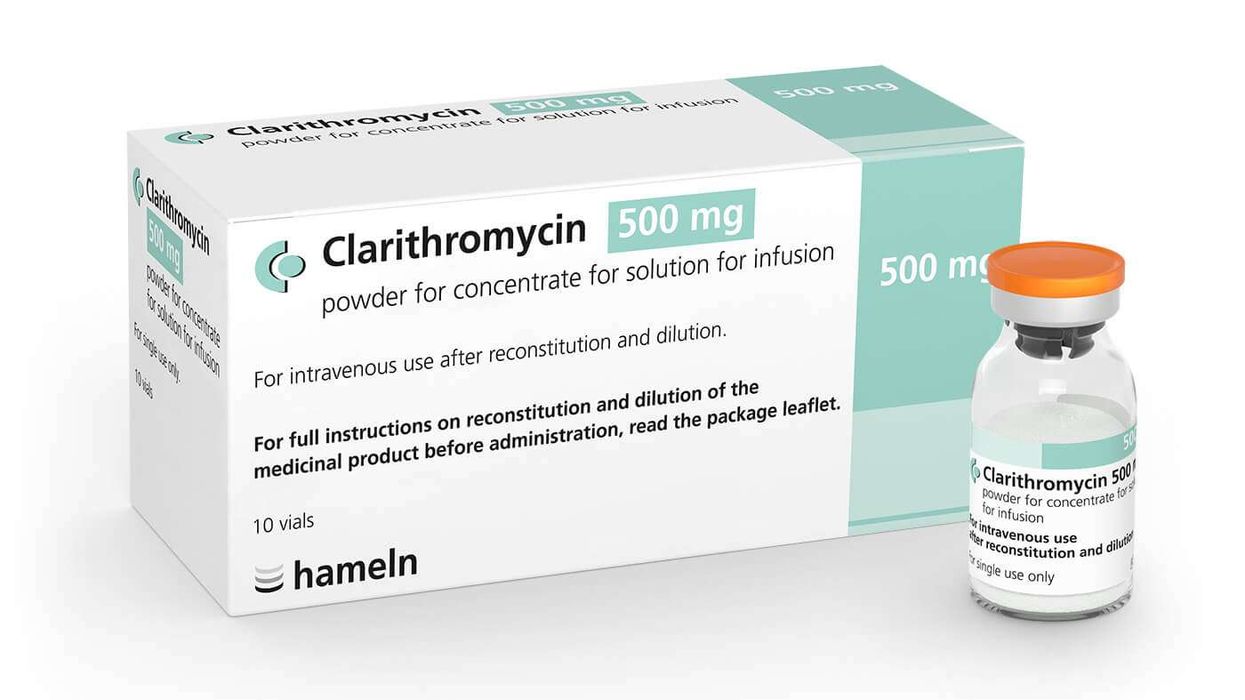Key Summary
- Artificial intelligence and NHS data to predict side effects from drug combinations before they reach patients
- The goal of this project is to develop a reliable tool that doctors can use to better understand how combinations of medicines affect people in real life
- This approach could help prevent some of the side effects linked to medicines, which are estimated to cause around one in six hospital admissions in England
To modernise drug testing, Medicines and Healthcare products Regulatory Agency (MHRA) plans to use artificial intelligence (AI) and NHS data to predict side effects from drug combinations before they reach patients.
This will ensure faster access for patients, while maintaining the highest safety standards.
In England, around one in seven people (8.4 million) are regularly prescribed five or more medicines. While most combinations are safe, some can interact in ways that cause harmful side effects.
These can mean repeated GP visits, changes to prescriptions, or even hospital stays before treatments are adjusted, adding strain for patients, carers and the NHS.
The goal of this project is to develop a reliable tool that doctors can use to better understand how combinations of medicines affect people in real life, improving how treatments are prescribed together so patients get the safest and most effective care, tailored to them, more quickly.
This personalised approach could help prevent some of the side effects linked to medicines, which are estimated to cause around one in six hospital admissions in England and cost the NHS more than £2 billion every year.
Scientists from the MHRA, working with PhaSER Biomedical and the University of Dundee, and backed with £859,650 funding from the UK Government’s Regulatory Innovation Office’s AI Capability Fund will use AI to help spot these interactions.
The system will look for patterns in anonymised NHS data showing how different medicines behave when used together, focusing on cardiovascular medicines.
These signals will then be tested in the lab using human-based models that mimic how drugs are processed in the body.
Improve efficacy
The tool could also transform how new medicines are discovered and tested. Around nine in ten promising drugs fail late in development because early trials can’t always predict how they’ll work in real patients.
Using AI and real-world health data that reflect the diversity of patients and how they take medicines, scientists can spot risks and successes earlier, giving regulators stronger evidence for faster, well-informed decisions.
This can cut delays and costs for developers, bring new treatments to patients sooner, and strengthen the UK’s global position in life sciences innovation.
MHRA chief executive Lawrence Tallon said, “People are living longer and managing more conditions, often with multiple medicines, so our safety systems must keep up. By using new tools and real-world health data, the MHRA is delivering practical solutions that protect patients and speed access to effective treatments, making regulation safer, smarter and more inclusive."
Julian Beach, Interim Executive Director Healthcare Quality and Access at the MHRA, supervising the study, said, “By understanding how medicines work together, we can generate stronger, more realistic evidence to support new treatments and ultimately reduce avoidable harm. We encourage researchers and industry to share pilot data, methods or ideas, and get in touch with us early so we can work together to develop these approaches and shape the next generation of clinical trials.”
The MHRA's other two projects include a pilot on the use of AI-assisted tools to support experts in scientific advice, clinical trial assessments and licensing decisions.
The system aims to improve efficiency and consistency while keeping all final decisions in human hands.
MHRA will also pilot the use of synthetic (artificial) patient data to support clinical trials in cancer, inflammatory bowel disease and rare paediatric seizure conditions.
Previous work suggests that synthetic data can be used to strengthen the evidence from clinical trials in rare and underrepresented populations with smaller patient populations.












